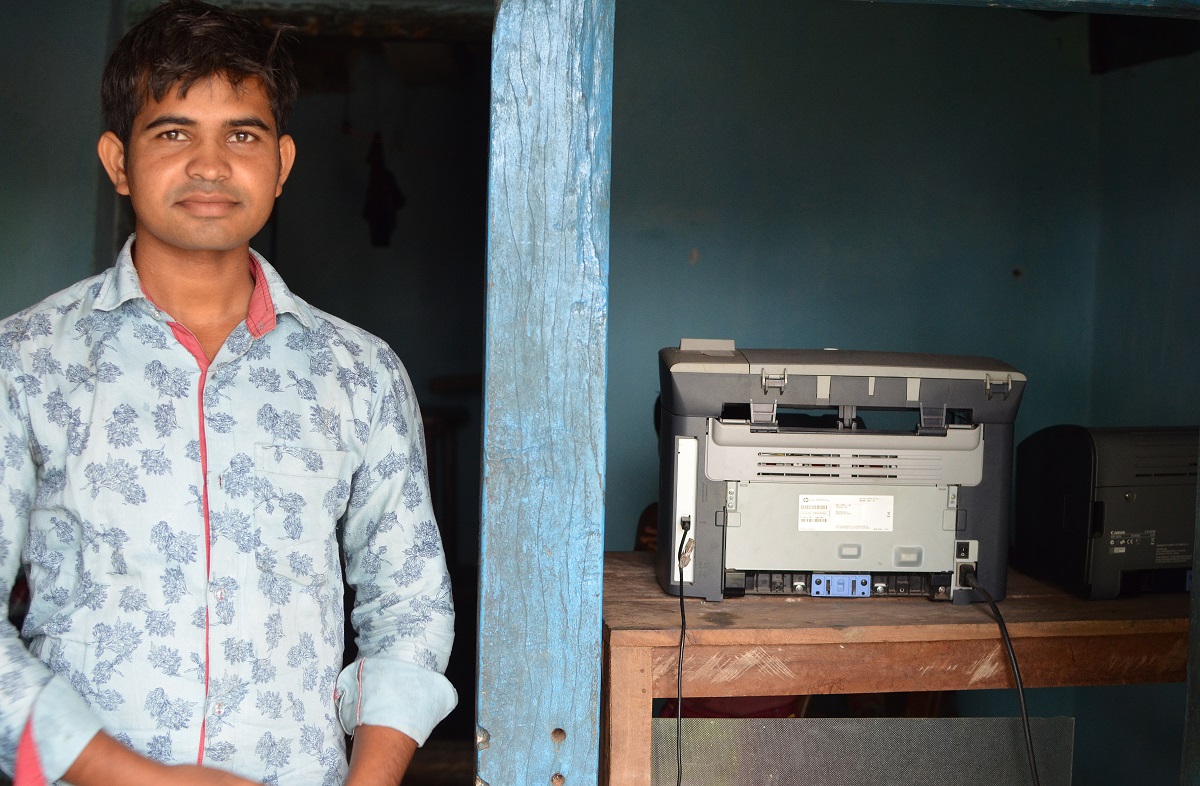Reliance on alternate energy sources to power distant and digital education during the pandemic

The COVID-19 pandemic is forcing us to rethink the way we did things before the pandemic struck. Education is one of the sectors affected most, as students from schools to universities across urban and rural areas need to cope with new medium and ways of learning. This also puts the spotlight on understanding electricity requirements for education, beyond the physical facility.
The advent of COVID-19 and the resultant national lockdown meant resounding silence in schools’ corridors. The school bell that gongs in remote, government-run, public schools remains silent more than half a year into the pandemic. And this silence spoke loudly in Pahantola, Nawagarh Panchayat in Ranchi district too.
Teachers moved to computer screens and students began to depend on virtual classes daily, from Monday to Saturday, for 2 to 4 hours. These classes are conducted by schools as well as private coaching classes that charge around Rs. 500 per month. In areas such as Pahantola that experience erratic power supply, it is an uphill task to move education to the digital medium.
Understandably, attendance and student-teacher engagement suffered because of unreliable electricity, fee for enrolment, increased electricity charges and internet data costs for charging electronic devices. The situation only worsened when the monsoon clouds rolled overhead, damaging grid systems and affecting the availability of electricity even further.
The flash light of hope
Students not only had to adapt to virtual learning, but also navigate the uncertainty of electricity supply. Many sought and shared alternative sources of energy to help with their studies. One such example is the building of an upcycled solar powered lamp.
In addition to charging devices, electricity is needed for basic lighting purposes. To reduce costs, some students sought and shared innovative appliances such as upcycled solar-powered lamps to help with their studies. An enterprising Pahantola resident and Class 10 student, Rakesh assembled a solar PV lamp out of junk solar parts and a cell phone battery to operate an LED light in his room. He learned to do this via a YouTube video.
Inconsistent electricity forced communities to turn to alternative sources of electricity such as inverters and solar systems. These are shared among multiple families in times of power cuts that last for several days. Alternate energy has allowed some of the children, like Rakesh, to enrich their studies by accessing learning videos on YouTube in their spare time.
Energy solutions that stand first
Mukesh is pursuing a B.Com. He is inclined to learn more about computers and their languages such as C++. For students like Mukesh, the mobile phone has become a necessity. He ensures that its battery is always charged, even if he has to travel to the block headquarters to do so.
Aternative sources of energy, such as solar have become an active choice especially while considering public service delivery such as education in rural India. Families in Nawagarh also use solar lamps along with solar-powered pumps for drinking water and solar-based irrigation systems for their fields.

